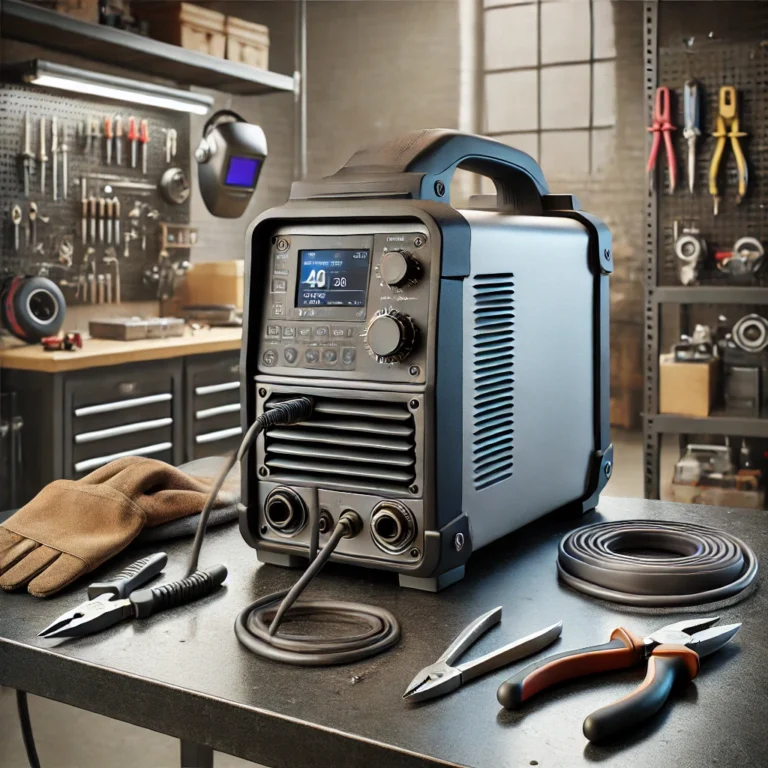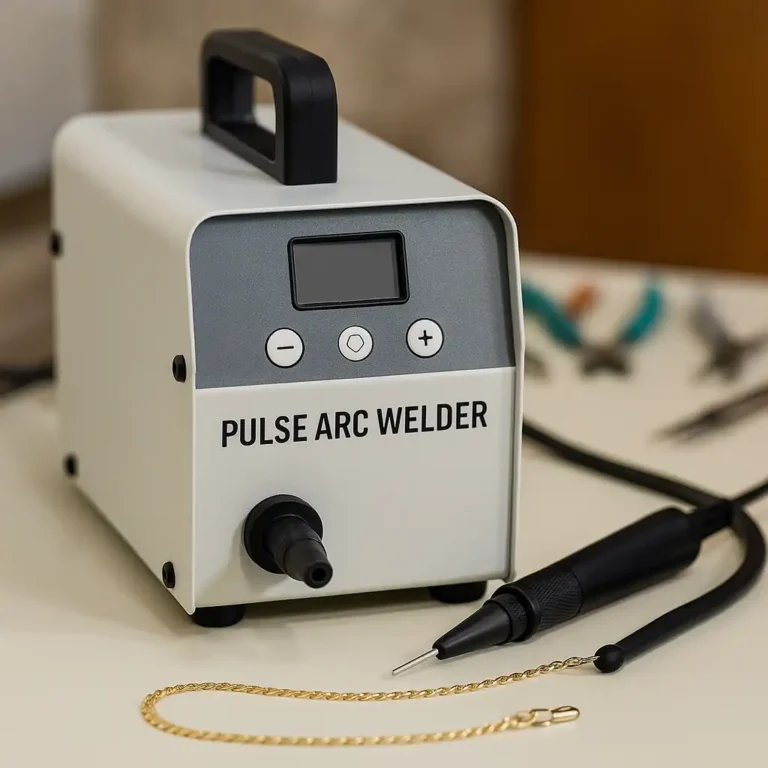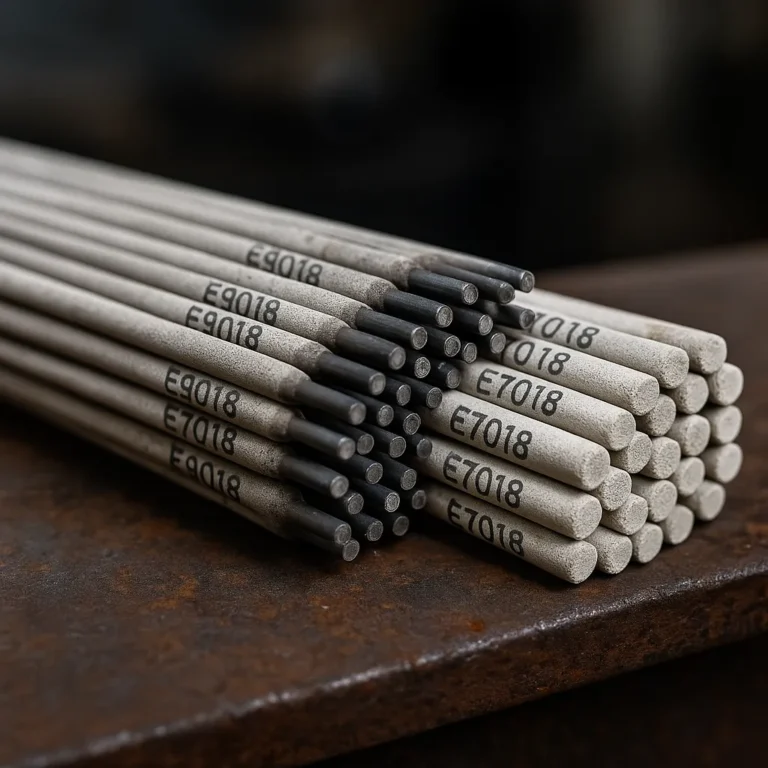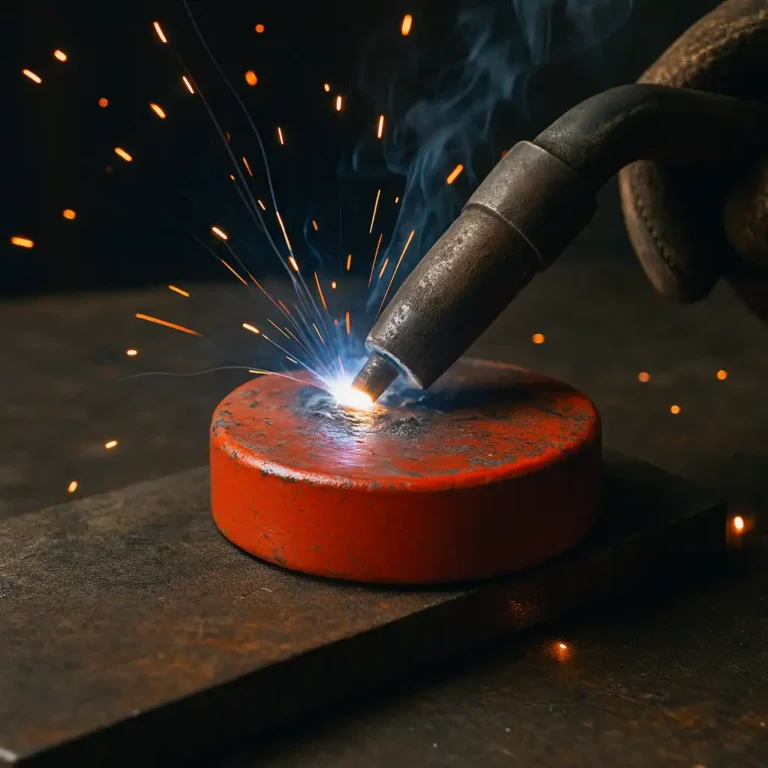Top 10 Welding Tips for Beginners: Build Skill, Avoid Mistakes, and Weld with Confidence
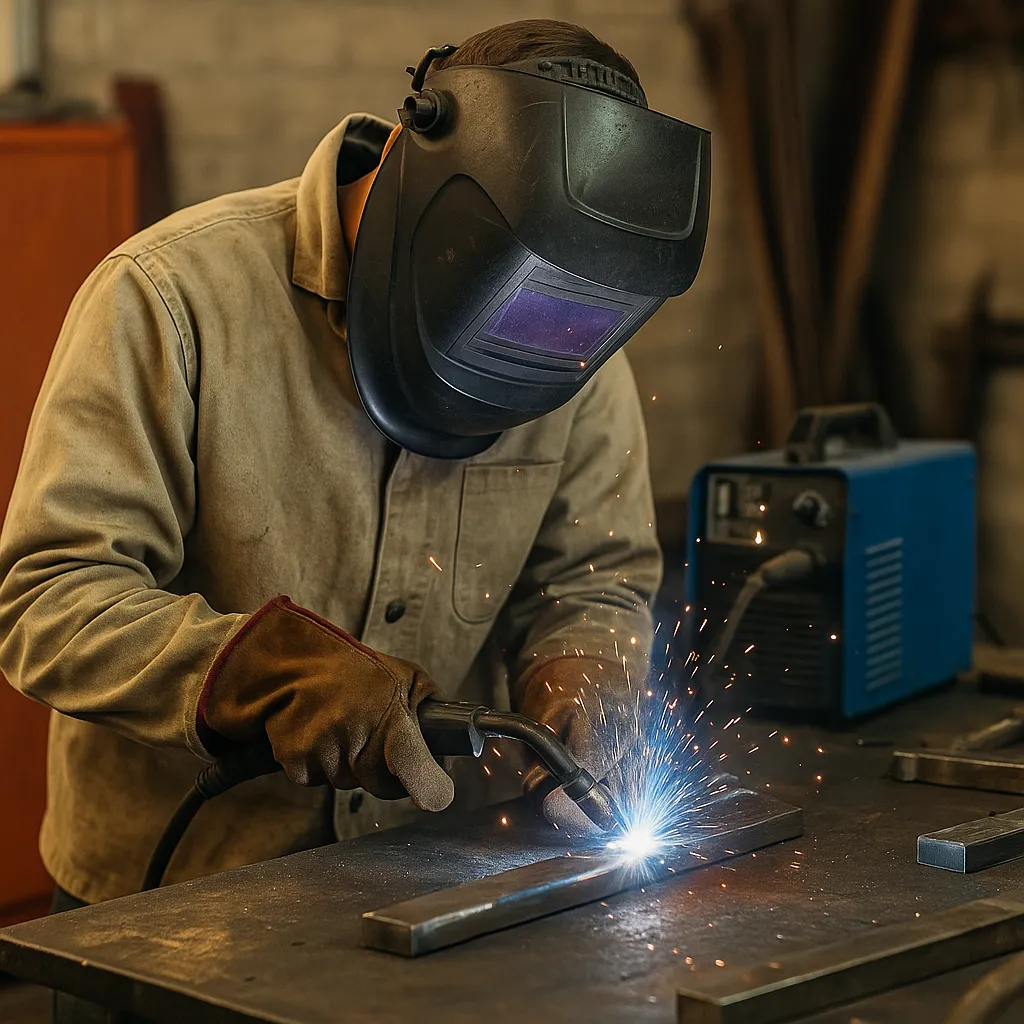
Disclosure: This post contains affiliate links. As an Amazon Associate, I earn from qualifying purchases—at no extra cost to you.
Welding is one of those hands-on skills that pays off fast—but only if you start with the right habits. For beginners, the difference between a clean bead and a frustrating mess often comes down to a few small adjustments. Things like setup, positioning, and gear choice can make or break your early experience.
This guide covers 10 practical tips that come straight from experienced welders, forum discussions, and user reviews. It’s all about helping you build skill, stay safe, and get better results from day one.
Tip 1–3: Start Strong with the Right Setup
1. Pick a Welder That Matches Your Goals
You don’t need the most advanced machine to get great results. MIG and flux-core welders are ideal for beginners—especially if you’re working in a home garage or doing light fabrication. Based on community feedback, machines with auto-settings or simple digital controls help speed up the learning process without overwhelming new users.
2. Always Prep Your Metal
A clean surface is key. Welding over rust, paint, or grease causes arc instability and weak welds. Before you strike an arc, use a wire brush, grinder, or acetone to clean the base metal. Many beginners say this one step made the biggest difference early on.
3. Practice Flat Welding First
Welding flat gives you more control over the puddle and your travel speed. It’s the easiest position to learn and helps build confidence before moving on to vertical or overhead joints.
Tip 4–6: Focus on Technique and Control
4. Keep a Consistent Arc Length
Whether you’re using stick or MIG, keeping your arc length steady helps prevent spatter and uneven welds. Too long, and the arc becomes erratic. Too short, and you risk sticking the electrode or losing coverage.
5. Watch the Weld Pool
Instead of focusing on the arc, keep your eyes on the molten pool. The way it moves shows you what’s really happening. Many beginner welders find this shift in focus helps them improve bead consistency and heat control.
6. Find the Right Travel Speed
Moving too fast leads to narrow, weak welds. Too slow and the bead builds up excessively or causes burn-through. Start by practicing straight beads on scrap metal, adjusting your speed until the puddle stays even and controlled.
Tip 7–9: Prioritize Safety and Smart Gear Choices
7. Don’t Skimp on a Helmet
A good helmet isn’t just about comfort—it’s your first line of defense. Welders recommend choosing a model with fast auto-darkening, clear optics, and adjustable shade. It helps reduce eye strain and gives you a better view of the arc and puddle.
8. Clear Your Workspace and Have a Fire Plan
Even small sparks can start fires if you’re welding near clutter or flammable materials. Always keep a fire extinguisher nearby, avoid welding near fuel containers, and double-check your surroundings before striking an arc.
9. Use Proper Protective Gear
Welding gloves, jackets, and boots are non-negotiable. Beginners often underestimate the UV rays, hot slag, and flying sparks. Lightweight leather gear offers protection without restricting movement—and it doesn’t have to cost a fortune.
Tip 10: Learn from the Welding Community
10. Use Forums and Videos for Real-World Advice
Manuals are helpful, but they don’t show you how a bead should look or how to troubleshoot bad starts. Watching tutorial videos or asking questions in online welding communities gives you access to techniques, project ideas, and real feedback that can speed up your progress.
Conclusion
Welding is one of those skills where small adjustments lead to big improvements. Choosing the right machine, understanding the puddle, and staying safe with proper gear are all steps that help you weld better—and enjoy the process more.
Why these tips matter:
- They help you avoid common beginner mistakes
- You’ll get more consistent, cleaner welds
- You’ll stay safer and more confident at the torch
What to keep in mind:
- Good gear can make learning easier but doesn’t replace practice
- Watching others weld helps, but hands-on time is where you grow
- Mistakes are part of the process—just learn from them and keep going
Stay focused, stay safe, and enjoy the learning curve. Every skilled welder started with shaky hands and messy beads—what matters is that you keep showing up and striking that arc.

